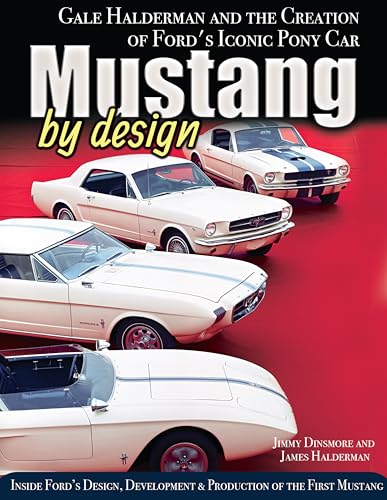4thesporty
Well-known member
- Joined
- Jun 21, 2013
- Messages
- 47
- Reaction score
- 61
- Location
- Aledo, TX
- My Car
- 1971 Mach 1 (M code)
351C/4speed
Black/Black
Hello all,
Been busy on my 71 the last couple of months, but regarding my brakes, i have the following new parts installed;
New rear axle, 8.8 from '98 grand marquis with all new disk brake hardware
New front brakes (everything), using 2014 Mustang GT disk brakes with an adapter
New hard lines, all of them
New soft line at each corner, and the soft line going to the rear axle
New Willwood MC (1-1/8" bore) with Willwood proportioning valve (eliminated factory combination valve)
New fluid (obviously) and bled well with a pressure bleeder
*Factory original brake booster (the only part not new)
I can drive the car for a few miles and it stops fine, I get an expected pedal when braking, but after a couple of miles with some stop and go the brakes start dragging (all four wheels).
I figure that my booster pushrod to my MC was too long and engaging the brakes so I bought this pushrod checker tool:
https://www.amazon.com/dp/B0C6G7NY6M?ref=ppx_yo2ov_dt_b_fed_asin_title
It was indeed a bit long so i cut some off of it (the screw in part is long gone from who knows when) so I now have an 1/8" air gap per that checker tool. When i drove it yesterday a short distance the brakes didn't seem to drag like they did the first time i drove it, but they were still doing it towards the end of my short trip to town and back (approx 8 miles). As soon as i pulled in the garage I went to my driver's side rear wheel and cracked open the bleeder and it shot fluid out and i could hear that caliper release a bit.
My question is this, is there any way that my power booster could be causing this. It holds a vacuum and seems to be operating correctly but it seems that the pedal does not have the travel that I remember from the last time I really drove this car, which was 2008. Before I replace the booster, are there any checks I can do on it to eliminate it as a cause?
Been busy on my 71 the last couple of months, but regarding my brakes, i have the following new parts installed;
New rear axle, 8.8 from '98 grand marquis with all new disk brake hardware
New front brakes (everything), using 2014 Mustang GT disk brakes with an adapter
New hard lines, all of them
New soft line at each corner, and the soft line going to the rear axle
New Willwood MC (1-1/8" bore) with Willwood proportioning valve (eliminated factory combination valve)
New fluid (obviously) and bled well with a pressure bleeder
*Factory original brake booster (the only part not new)
I can drive the car for a few miles and it stops fine, I get an expected pedal when braking, but after a couple of miles with some stop and go the brakes start dragging (all four wheels).
I figure that my booster pushrod to my MC was too long and engaging the brakes so I bought this pushrod checker tool:
https://www.amazon.com/dp/B0C6G7NY6M?ref=ppx_yo2ov_dt_b_fed_asin_title
It was indeed a bit long so i cut some off of it (the screw in part is long gone from who knows when) so I now have an 1/8" air gap per that checker tool. When i drove it yesterday a short distance the brakes didn't seem to drag like they did the first time i drove it, but they were still doing it towards the end of my short trip to town and back (approx 8 miles). As soon as i pulled in the garage I went to my driver's side rear wheel and cracked open the bleeder and it shot fluid out and i could hear that caliper release a bit.
My question is this, is there any way that my power booster could be causing this. It holds a vacuum and seems to be operating correctly but it seems that the pedal does not have the travel that I remember from the last time I really drove this car, which was 2008. Before I replace the booster, are there any checks I can do on it to eliminate it as a cause?


















































